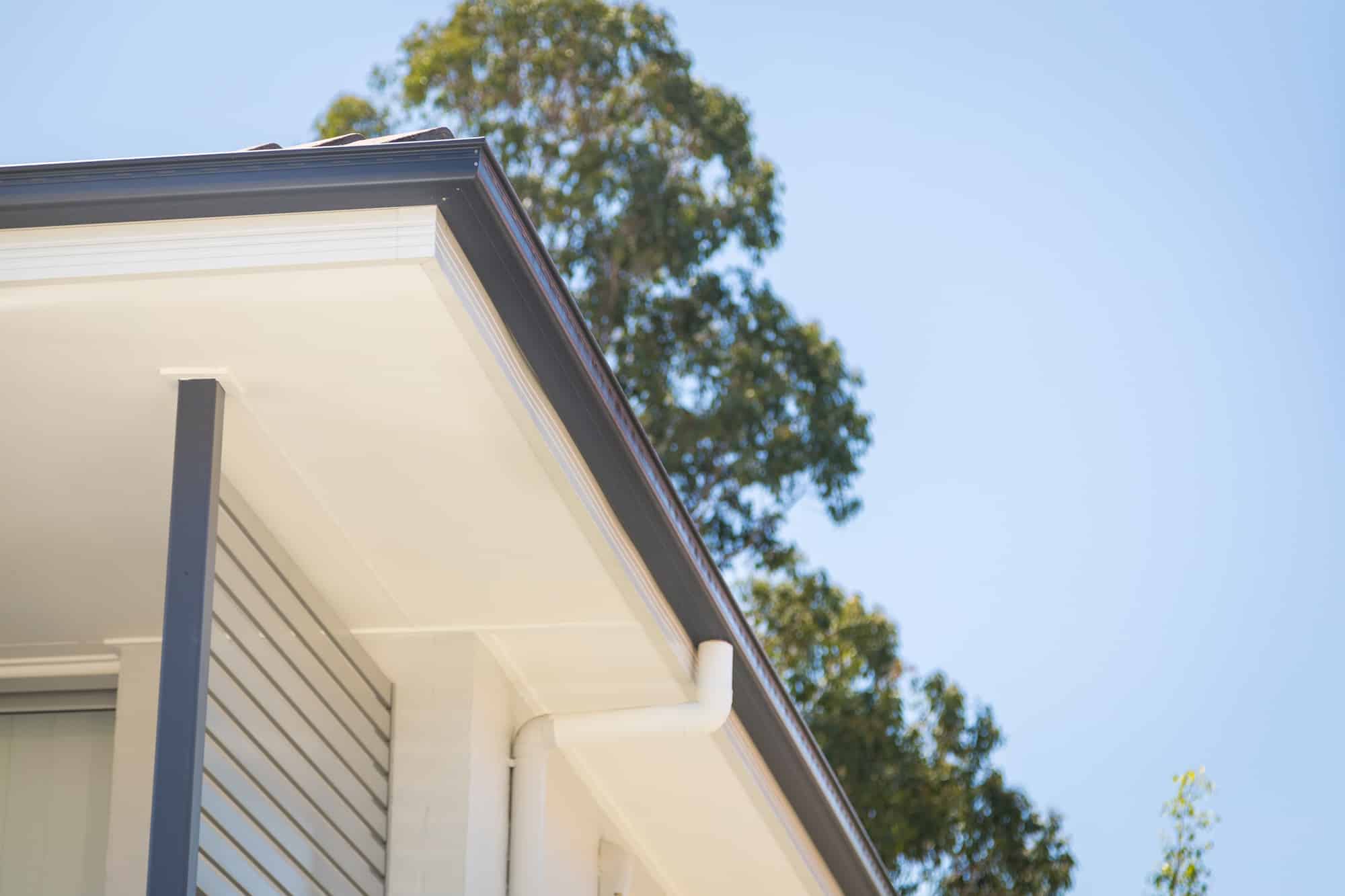A well-done exterior painting job can turn even the most drab-looking house into a showstopper. But there’s more to exterior painting than simply applying a fresh coat of paint. Too many people think painting starts and ends with color selection, but more goes into it than that, especially for corporate buildings. This is where corporate body painters come into the picture. Body corporate painters Brisbane are trained professionals to handle all aspects of exterior painting, from color selection to the actual painting itself. They understand the different types of paint available and how to apply them best to achieve the desired results. In addition, they also have a keen eye for detail and the know-how to troubleshoot any problems that may arise during the project. They will help you avoid the following common painting problems that can occur.
Paint Bubbling
Paint bubbling or blistering is a paint failure mode in which paint ” bubbles” or forms blisters when applied to a substrate. Blistering can be caused by several different factors but is most commonly the result of incorrect painting techniques, incompatible paint products, or moisture damage. Blistering paint is a very common problem and one that can be frustrating to deal with. In most cases, it is not indicative of a serious problem but rather simply a cosmetic issue. However, blistering paint can lead to more significant problems such as flaking and peeling if left unaddressed. There are a few different ways to prevent blistering paint:
– Use the right painting products for your project. Make sure to use a primer, paint, and sealer compatible with each other and appropriate for the surface you’re painting.
– Follow the proper painting procedure. Be sure to clean and prep the surface before painting, and allow sufficient time for each coat of paint to dry completely before adding another.
– Protect against moisture damage. Blistering is often caused by excess moisture, so be sure to take steps to keep your project area well-ventilated and free of moisture during and after painting.
2. Dull Or Faded Paint.
Paint that has become dull or faded can result from several different factors. The most common cause is simply exposure to sunlight and the elements, which can cause the pigments in paint to break down over time. Paint that has been used for a long time may also become dull due to repeated cleaning or simply from the accumulation of dirt and grime. In some cases, the paint may become dull due to an incompatible topcoat or sealer. If you’re dealing with dull paint, there are a few different ways to fix it:
– Clean the surface. In most cases, all you need to do is clean the surface with soap and water. This will remove any dirt or grime built up and may help brighten the paint.
– Apply a new topcoat or sealer. If the dullness is due to an incompatible topcoat or sealer, apply a new one compatible with the paint.
– Paint over the area. In some cases, you may need to repaint the area to achieve the desired results completely. Use high-quality, compatible products and follow the proper painting procedure to avoid repeating the problem.
3. Alligatoring.
Alligatoring is a paint failure mode in which the paint cracks and peels away from the surface in a pattern that resembles the skin of an alligator. This problem is most commonly caused by using incompatible paint products or applying a thick coat of paint to a poorly prepared surface. Alligatoring can also be caused by moisture damage, excessive heat, or even age. If you’re dealing with alligatoring paint, there are a few different ways to fix it:
– Scrape away loose paint. Use a putty knife or similar tool to remove any paint already cracking or peeling away from the surface.
– Sand down the area. Once all loose paint has been removed, use sandpaper to smooth out the surface and help the new paint adhere better.
– Repaint the area with high-quality, compatible products.
4. Flaking paint.
Flaking paint is a type of paint failure in which small pieces of paint film peel away from the surface. The most common cause of flaking paint is poor adhesion between the paint and the surface. This can be due to several factors, including using low-quality paints or primers, not preparing the surface properly before painting, or painting over a dirty or wet surface. Flaking paint can also be caused by excessive moisture, either from the environment or from within the structure itself. In some cases, flaking paint may result from inappropriate painting techniques, such as using a brush that is too stiff or not applying enough paint to the surface.
It is important to use high-quality paints and primers, follow proper painting procedures, and keep the surface clean and dry to prevent flaking paint. When choosing a paint or primer, select one that is compatible with the surface and has good adhesion properties. If you are unsure about which product to use, consult a professional painter or contractor. When preparing the surface for painting, remove all dirt, grease, and other contaminants. If you are painting over an old paint job, sand the surface smooth before applying the new paint.
5. Sagging paint
Sagging paint is a type of paint failure in which the paint droops or sags down the surface due to gravity. This problem is most commonly caused by using too much paint, painting in hot weather, or painting over a dirty or wet surface. Sagging paint can also be caused by using paint that is not compatible with the surface or applying it too thickly.
To avoid sagging paint, it is important to follow the manufacturer’s instructions for the paint being used. This will ensure that the proper amount of paint is being applied and that it is being applied correctly. In hot weather, painting in the morning or evening when cooler temperatures can help prevent sagging paint. When painting over a dirty or wet surface, it is important to clean and dry the surface first to prevent the paint from sagging. Finally, using a primer can help create a more even coat of paint and help prevent sagging.
Conclusion
Paint failure is a common problem caused by several factors. Luckily, there are a few different ways to fix paint failures, depending on the type of problem. By following the proper painting procedures and using high-quality paints and primers, you can help prevent paint failure before it happens. Suppose you need high-quality body corporate painters that understand all aspects of the job and can provide a written guarantee. In that case, you can always contact Body Corporate Painting Brisbane. We provide a wide range of services designed to help you achieve the perfect paint job for your corporate building. To get started, visit https://bodycorporatepaintingbrisbane.com.au/.
Body Corporate Painting Brisbane,
22/47 Park Road, Brisbane, QLD 4064,
1800577398
Find us on Social Media
https://www.facebook.com/surepaint



